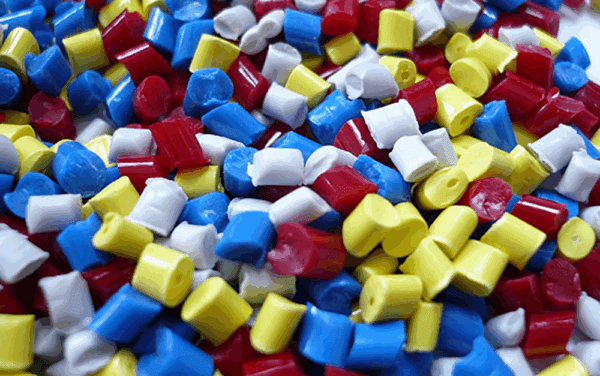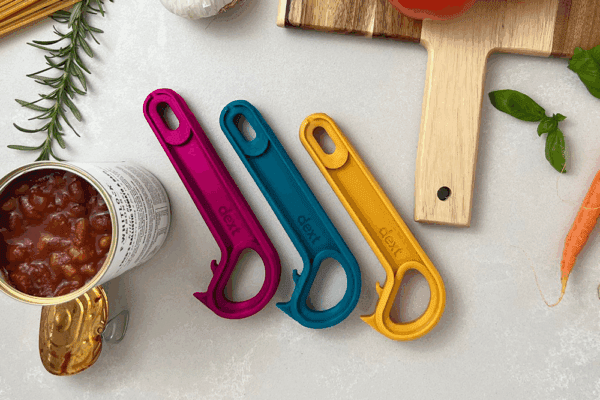
JC3DDesign Blog // What Makes 3D Scanning Expensive or Affordable?
|
Getting your Trinity Audio player ready...
|
3D scanning is one of the most powerful tools in modern product development — but if you’ve ever looked into getting something scanned, you’ll know that quotes can vary wildly. Some scans seem surprisingly cheap, while others are priced like a luxury service. So what gives? In this blog, JC3DDesign break down the real-world 3D scanning cost factors — what drives the price up, what helps keep it down, and how to make sure you’re not overpaying (or underestimating what’s involved).
Whether you’re reverse-engineering a legacy part, capturing a model for modification, or validating a prototype, understanding the cost drivers behind 3D scanning will help you budget smarter and plan better.
First: What is 3D scanning actually used for?
Before we talk about price, let’s clarify the purpose of 3D scanning. At JC3D Design, we use scanning for things like:
- Reverse engineering parts when no CAD file exists
- Capturing organic or freeform shapes that are hard to measure
- Digitising legacy components for redesign or replication
- Integrating scanned parts into a larger CAD assembly
- Validating prototypes against the original model
Whether it’s a mechanical bracket or a sculpted prototype, scanning saves time, improves accuracy, and reduces manual modelling work. But like any service, its cost depends on how it’s done — and why.
The key factors that influence 3D scanning cost
Let’s break down what affects the price of a 3D scan:
1. Size of the object
Generally speaking, larger objects take longer to scan. That’s because:
- They require more setup and repositioning
- The scanner has to capture more surface area
- More post-processing time is needed to merge and clean up data
A small component that fits in your hand is relatively quick to scan. A full-size car bumper? That’s a different story.
JC3D Tip: If you only need part of a larger item scanned, let us know — we can often save you time and cost by focusing on just the relevant area.
2. Surface complexity and detail
A flat panel is easy. A detailed, organic shape with curves, holes, and internal features? That requires:
- Higher-resolution scanning
- More data capture passes
- Greater mesh processing and clean-up
The more detail required, especially for reverse engineering or inspection, the more time and skill are involved.
3. Material and surface finish
Shiny, transparent, or dark surfaces can confuse scanners. Depending on the material, we may need to:
- Apply a temporary matte spray (safe and removable)
- Adjust the scanner’s settings or positioning
- Take multiple scans and stitch them together
This adds time — and in some cases, additional prep costs. That’s why a matte plastic part is usually quicker (and cheaper) to scan than a glossy metal one.
4. Required accuracy and resolution
Not every scan needs to be ultra-precise. For example:
- A visual reference or rough form capture = lower cost
- A functional part needing accurate CAD = higher cost
We tailor our scanning approach based on your intended use:
- Do you need ±0.1mm accuracy?
- Is this for manufacturing or just conceptual work?
- Will you be using the scan for measurement or inspection?
More precision means more time, both during scanning and in post-processing — which affects the quote.
5. Post-processing and file output
Scanning is just the start. Once the raw data is captured, we may need to:
- Clean the point cloud
- Align and merge multiple scans
- Create a watertight mesh
- Convert the mesh into a usable CAD file (e.g. STEP, STL)
Some clients just want the raw scan. Others need a clean, editable model. The more processing required, the more involved the job — and the higher the cost.
JC3D Tip: Tell us how you’ll be using the file. If you don’t need a full CAD conversion, we can save time and cost by stopping at the right format.
6. Location and accessibility
- Is the part coming to us, or are we coming to you?
- In-house scanning is more efficient and cost-effective
- On-site scanning (e.g. large machinery, built-in components) may involve travel time, equipment setup, and variable conditions
We offer both, but for affordability, bringing the part to our Peterborough workshop is the best option whenever possible.
7. Turnaround time
Need it done yesterday? Faster isn’t always cheaper.
Rush jobs may require rescheduling, working outside normal hours, or prioritising your scan above others in the queue, which affects the price.
We always aim to turn around projects quickly, but if you’re on a tight timeline, let us know early, and we’ll work with you to meet it (and help you avoid rush charges where possible).
How to keep your 3D scanning project affordable
If you’re working to a budget, here are a few ways to stay in control:
- Be clear about what the scan is for – visual reference? Editable CAD? Inspection?
- Let us know what accuracy you need – we won’t overspec
- Send photos of the part – we can flag any potential issues upfront
- Ask us for advice – we’ll help you find the right balance of resolution, file type, and process
At JC3D, we’ll never overcharge you for services you don’t need — and we’re happy to explain the value of everything we do include.
Why 3D scanning quotes vary (and what to watch for)
You might receive quotes that are:
- Very low – but with minimal accuracy or raw files only
- Very high – including services you may not need
- Unclear – with no breakdown of what’s included
That’s why we always:
- Explain what affects the cost
- Itemise our services so you know what you’re paying for
- Work with your budget and timeline, not against it
Whether you’re scanning a broken bracket, a hand-carved model, or an entire machine part, we’ll give you clear, honest guidance every step of the way.
Read more additive manufacturing news here.
JC3DDesign
01733821736
Website
Email






